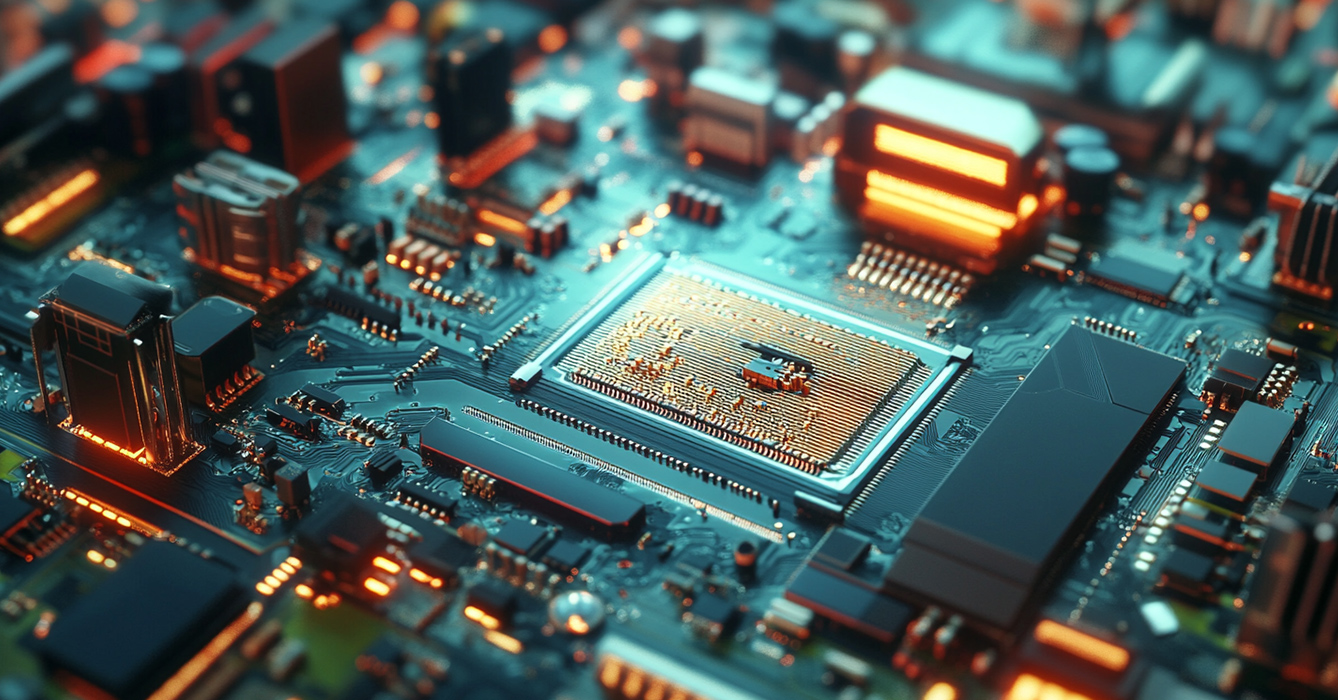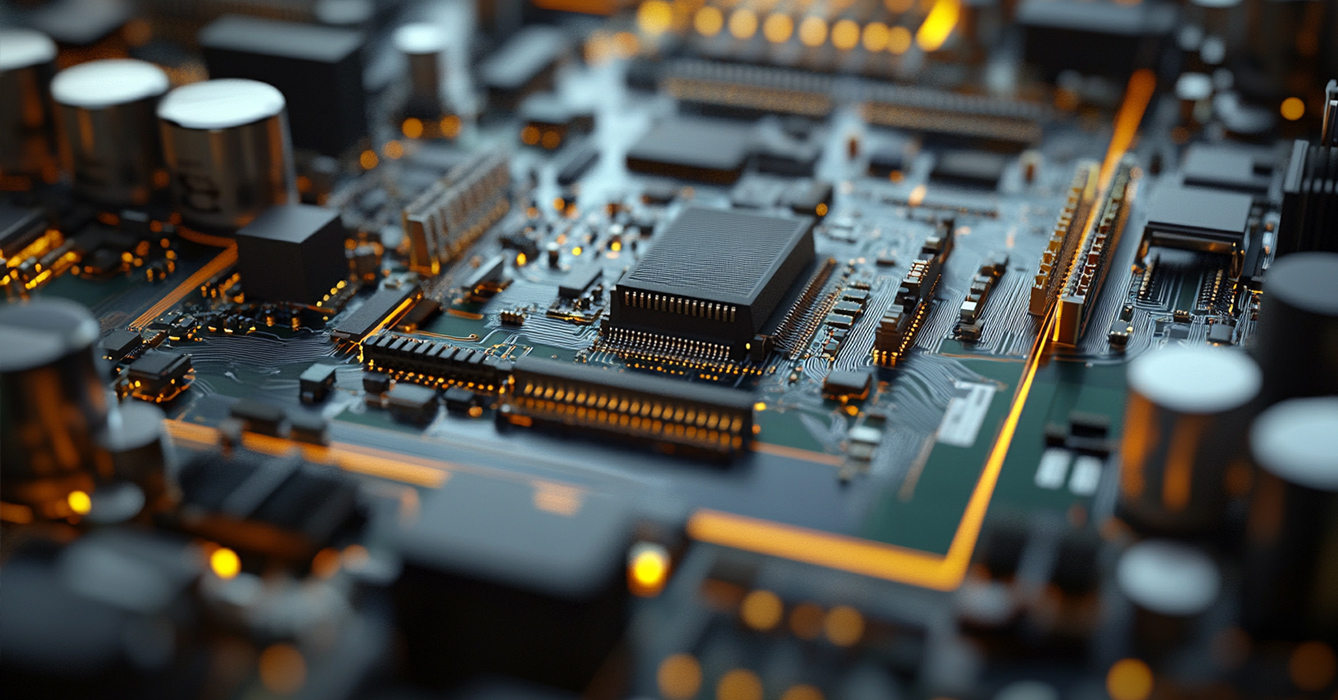-
- PCB TYPE
- PRINTED CIRCUIT BOARD PROTOTYPE ALUMINUM PRINTED CIRCUIT BOARD R&F PCB FPC HIGH FREQUENCY PCB HIGH-TG PCB HEAVY COPPER PCB HDI PCB PCB FOR LIGHTING METAL CORE PCB
time:Nov 07. 2025, 10:31:58
PCB Assembly is undergoing a paradigm shift as manufacturers embrace human-machine collaboration (HMC) to build adaptive production systems that balance precision, flexibility, and scalability. Unlike traditional assembly lines—where humans and machines operate in silos—modern PCB assembly integrates skilled technicians with advanced automation (cobots, AI-driven inspection tools) to address evolving industry challenges: from labor skill gaps to the rise of low-volume, high-mix production. This collaboration transforms PCB assembly from a rigid process into a dynamic ecosystem, where machines handle repetitive, high-precision tasks while humans oversee complex decision-making, troubleshooting, and design refinement. As electronics markets demand faster customization and shorter lead times, HMC-powered PCB assembly has become a competitive differentiator. This article explores the core dimensions of human-machine collaboration in PCB assembly, its role in enabling adaptive manufacturing, real-world industry applications, and key enablers of successful implementation.

Effective HMC in PCB assembly operates through three interconnected layers, each enhancing the other’s strengths:
- Complementary Task Allocation: Machines take on tasks requiring consistent precision (e.g., pick-and-place of 01005 components, SPI for solder paste inspection) and 24/7 repetition, while humans focus on nuanced work (e.g., DFM reviews for complex HDI boards, root-cause analysis of rare defects like cold joints). This division reduces human fatigue and error, while leveraging human expertise for non-standard scenarios.
- Real-Time Data Synergy: AI-powered machines generate actionable data (e.g., AOI defect trends, reflow oven temperature fluctuations) that technicians access via intuitive dashboards. Humans interpret this data to adjust processes—for example, recalibrating a stencil printer based on SPI data showing inconsistent paste volume. In turn, human feedback (e.g., marking a "false positive" defect) trains AI models to improve accuracy over time.
- Collaborative Problem-Solving: When faced with unexpected issues (e.g., a sudden spike in BGA solder voids), cobots pause production and alert technicians with contextual data (e.g., "Voids detected in last 10 PCBs—reflow zone 3 temperature deviated by 2°C"). Technicians diagnose the root cause (e.g., a faulty temperature sensor) and guide machines through corrective actions, creating a closed-loop problem-solving cycle.

Human-machine collaboration is the foundation of adaptive manufacturing—PCB assembly systems that adjust to changing demands without costly retooling:
Cobots with vision-guided systems can switch between component feeders or PCB fixtures in minutes, while technicians oversee setup validation. For example, a contract manufacturer serving automotive and medical clients can transition from assembling infotainment PCBs to diagnostic device PCBs in under an hour—compared to 4–6 hours with traditional lines—by combining cobot flexibility with human quality checks.
AI inspection tools continuously learn from human technician inputs, adapting to new defect types (e.g., solder cracks in flex PCBs) or evolving standards (e.g., updated IPC-A-610 revisions). This adaptability ensures quality remains consistent even as PCB designs or component types change, reducing the need for manual reconfiguration of inspection parameters.

Medical PCB assembly requires strict compliance and traceability. HMC systems combine cobots for sterile component handling (reducing human contamination risk) with technicians who validate batch records and ensure adherence to ISO 13485. For example, a manufacturer of pacemaker PCBs uses cobots to place sensitive sensors, while humans review AI-generated traceability logs to confirm component provenance.
Battery management system (BMS) PCBs for solar or EV storage require high-current components and ruggedized assembly. Cobots handle heavy component placement (e.g., power resistors) to prevent repetitive strain injuries, while technicians optimize thermal management—adjusting heatsink placement based on real-time temperature data from machine sensors.
- Intuitive Human-Machine Interfaces (HMIs): Touchscreen dashboards and voice commands simplify machine operation, reducing training time for technicians and minimizing errors.
- Digital Skill Development: Training programs focus on upskilling technicians in AI basics, data interpretation, and cobot programming—turning traditional assemblers into "collaborative manufacturing specialists."
- Modular Automation Design: Scalable cobot cells and plug-and-play inspection tools let manufacturers start small (e.g., adding one cobot for THT insertion) and expand HMC capabilities as needs grow.
PCB Assembly’s future lies in human-machine collaboration—not replacing humans with automation, but creating synergistic systems that leverage the best of both. By allocating tasks strategically, sharing real-time data, and solving problems collaboratively, HMC-powered assembly lines deliver the flexibility, quality, and efficiency needed to thrive in today’s dynamic electronics market. As manufacturers continue to adopt this model, PCB assembly will evolve from a transactional process to an innovative ecosystem—where humans and machines together drive the next wave of electronic advancement. For businesses, investing in HMC is not just an operational upgrade; it’s a strategic move to build resilient, adaptive production capabilities that stand the test of changing demands.

Got project ready to assembly? Contact us: info@apollopcb.com



We're not around but we still want to hear from you! Leave us a note:

Leave Message to APOLLOPCB
